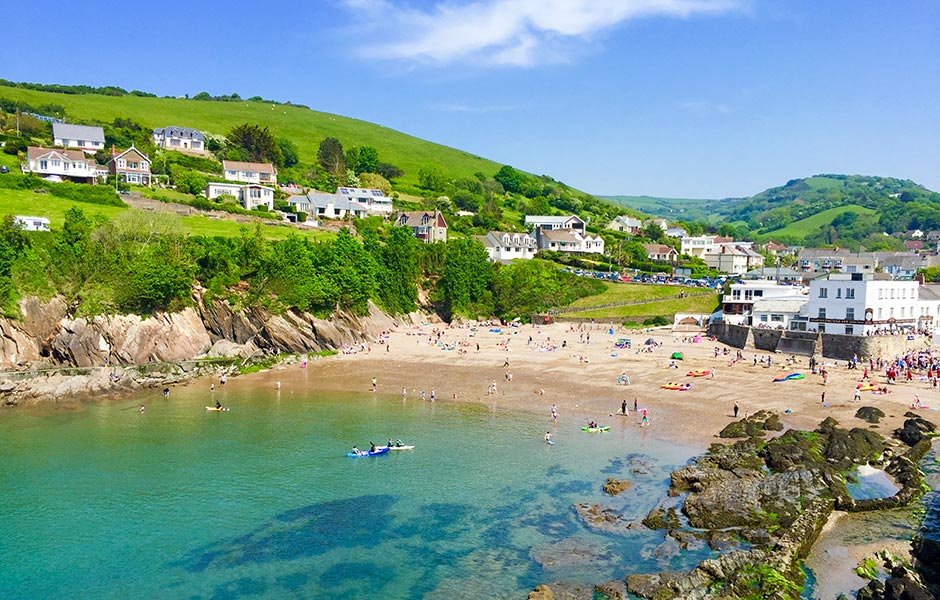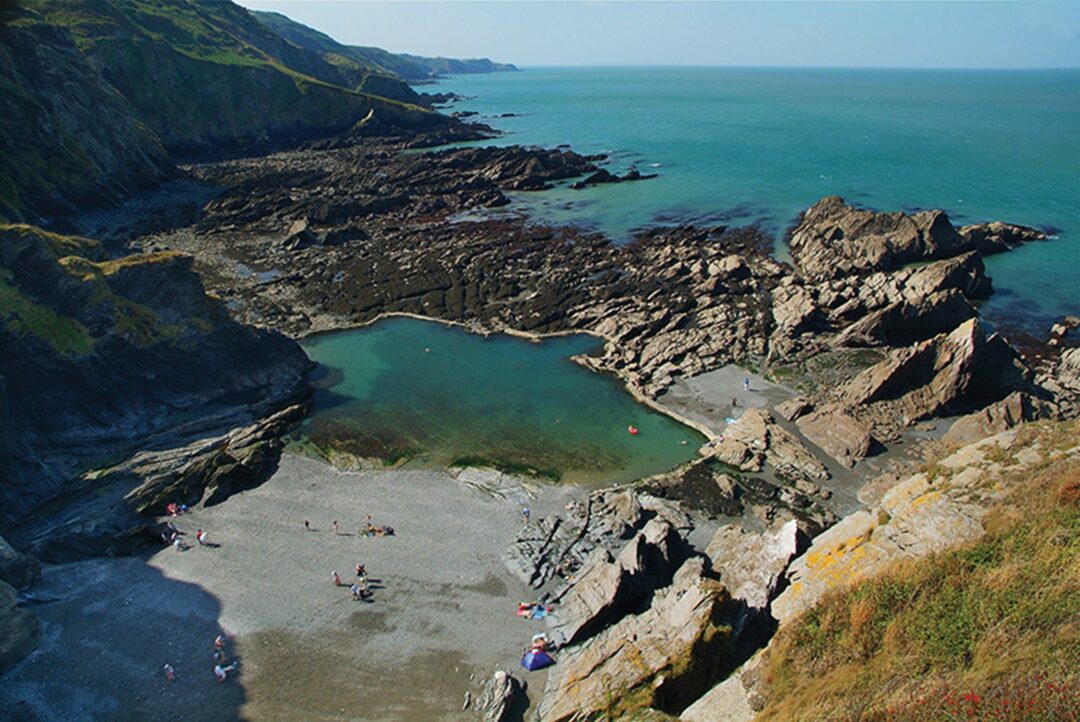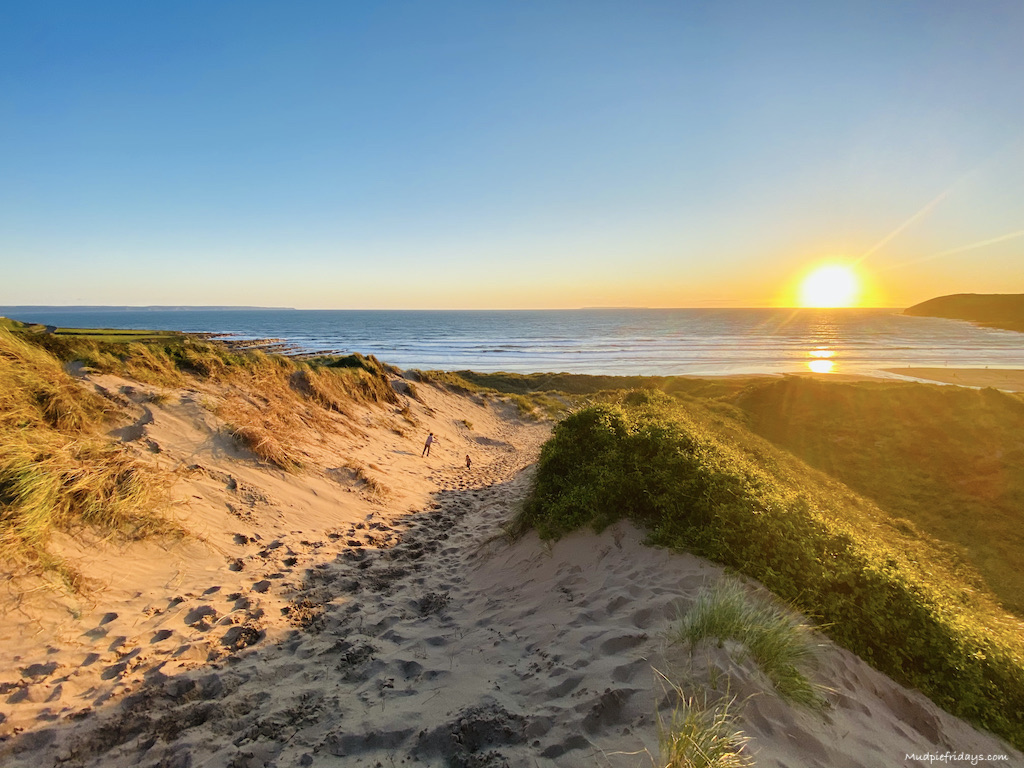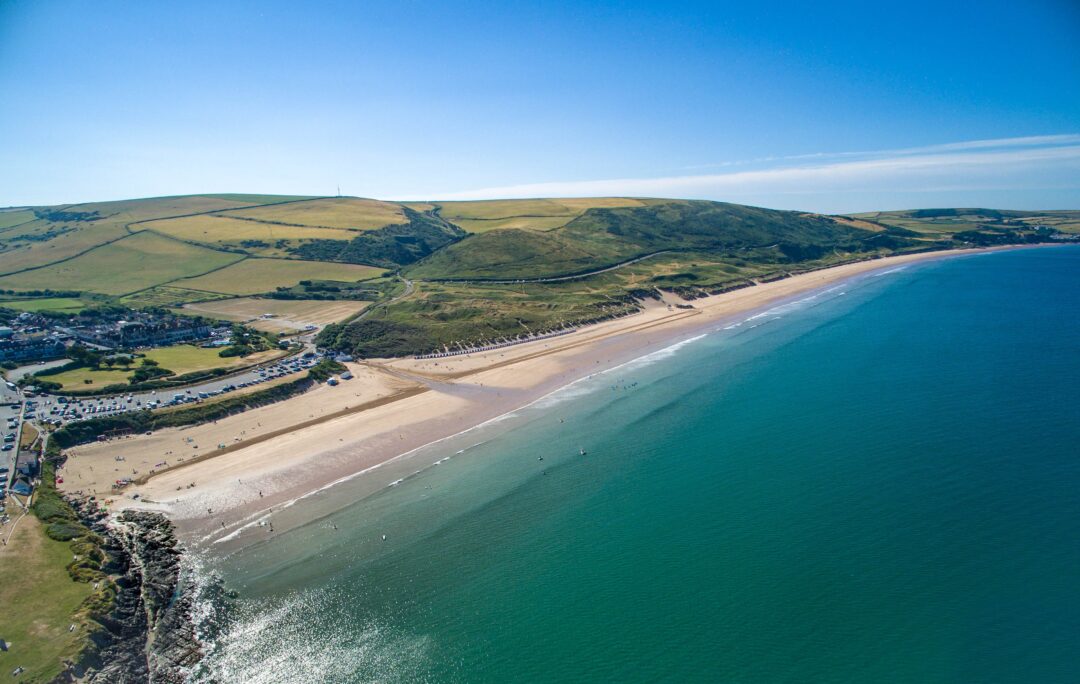Have you ever wondered how it all started? Well, let’s go back in time and discover the roots of this amazing sport.
Surfing has been around for centuries, with its origins traced back to ancient Polynesia. The people of Polynesia, including places like Hawaii, were the first to ride the waves on specially crafted boards.
They had a deep connection with the ocean and used surfing as a way to bond with nature and challenge themselves.
Fast forward to the modern era, and surfing has become a global phenomenon. But did you know that North Devon, UK, has its own special place in surfing history? It’s true! North Devon is known for its incredible surf beaches, like Croyde, Saunton, and Woolacombe, where surfers from all over the world come to ride the waves.
The surf culture in North Devon is alive and thriving, with a vibrant community that cherishes the waves and the unique experience they offer.
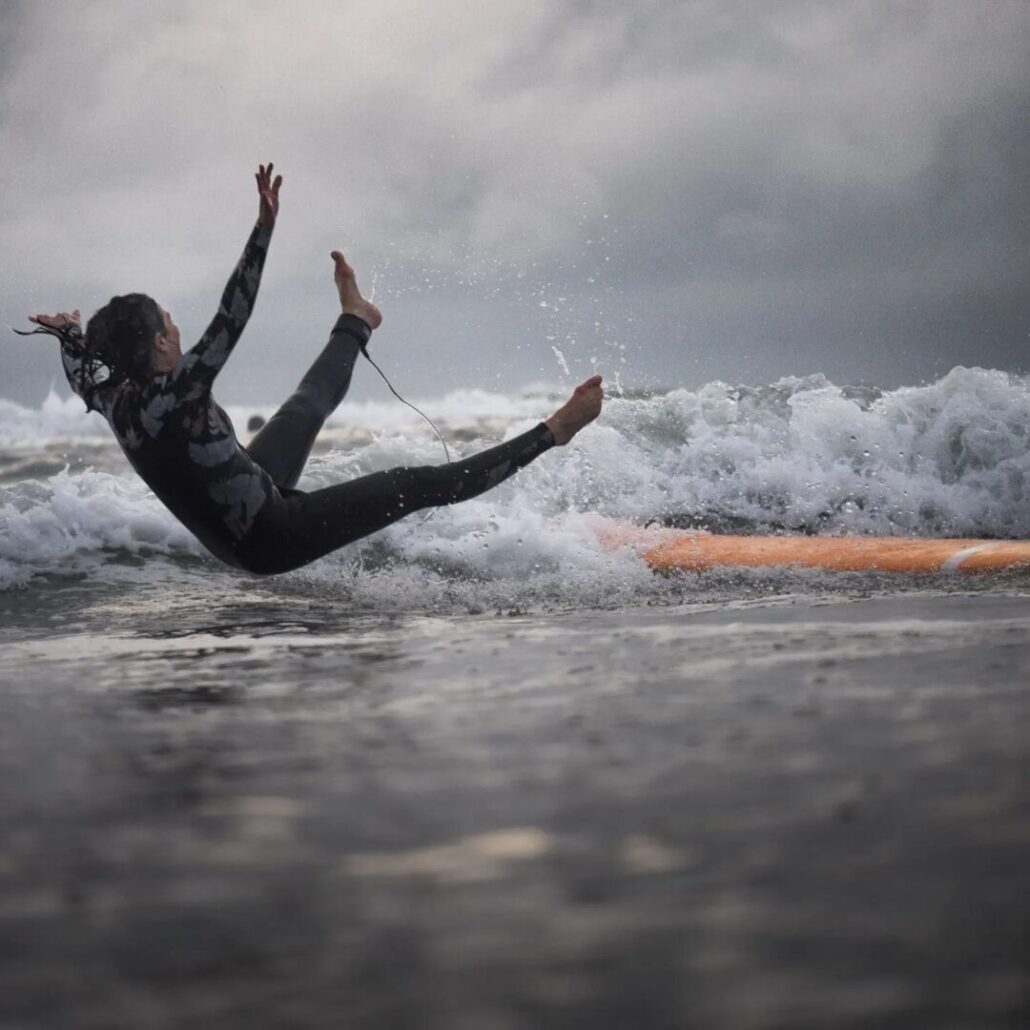
Surfing has also had its fair share of trailblazers. Legendary surfers like Duke Kahanamoku and Kelly Slater have not only dominated the waves but also helped popularize the sport globally. They pushed the boundaries of what was possible and inspired generations of surfers to follow in their footsteps.
As we explore surfing history, we’ll also delve into the environmental impact of the sport. Surfers have become advocates for ocean conservation, working to protect our precious waves and marine ecosystems.
Get ready for an epic ride as we uncover the fascinating world of surfing history. From ancient Polynesia to the shores of North Devon and beyond, the story of surfing is filled with adventure, passion, and the indomitable spirit of riding the waves.
| Key Takeaways |
|---|
| Surfing originated in ancient Polynesia, and it has been around for centuries. |
| Legendary surfers like Duke Kahanamoku and Kelly Slater helped popularize the sport. |
| Surfing made its Olympic debut at the Tokyo 2020 Games. |
| Technological advancements such as surf forecasting websites have contributed to the growth of the sport. |
| Surfing has a strong connection to environmental advocacy, particularly ocean conservation. |
The Origins of Surfing (100-1400’s)
Moche Civilization
Our journey begins with the ancient Moche civilization that thrived in what is now modern-day Peru.
These pre-Incan people are credited with creating single-person vessels made from reeds called ‘caballitos de totora,’ which means ‘straw seahorses’.
Though more closely related to stand-up paddleboarding than surfing itself, these vessels served as an early precursor to our beloved pastime.
Pre-Contact Samoa
Fast-forwarding to pre-contact Samoa (around 700 AD), we find early evidence of ‘surf riding,’ primarily used for fishing and warrior training.
Over time, this practice evolved into a beloved pastime for many Samoans. By 1400, surfing began adopting a more leisurely role within Polynesian society.
Surf Culture and Styles Emerge (1400-1900)
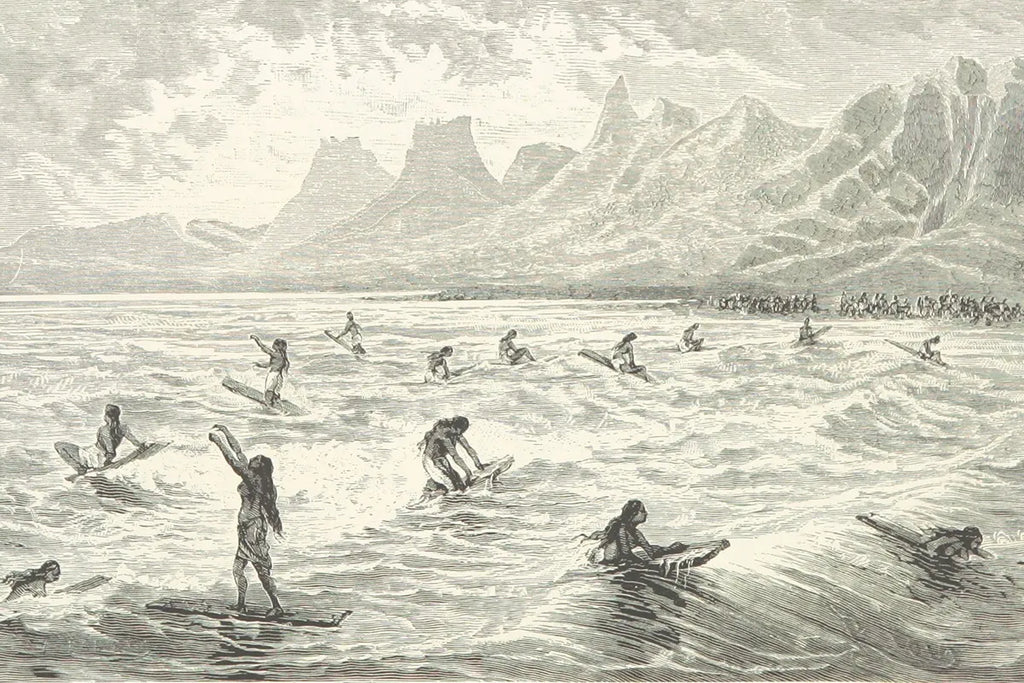
Surf culture continued to evolve throughout Polynesia during this period as it laid down roots in societal norms.
Tribal chiefs were considered the most skilled surfers with access to premium surfboards. Hierarchy dictated where individuals could surf based on their surfing abilities.
Surfing also played an essential role in these communities’ spirituality as ocean rituals and offerings were performed by priests called ‘Kahunas’. This deep spiritual connection helped create an unbreakable bond between surfers and the sea.
The Rise of Surfboard Shapers & Innovation (1930/40/50)
As surfing’s popularity grew, the need for better surfboard designs became increasingly apparent.
This period gave birth to legendary surfboard shapers like Tom Blake, Bob Simmons, and Hobie Alter, revolutionizing surfboard design and pushing the limits of the sport.
The Sixties: A Time of Art, Filmmaking, and Transformation
The 1960s was a decade filled with artistic expression, filmmaking, and the ever-increasing influence of surf culture on popular media.
Movies like “Gidget” and “Beach Party” captivated audiences worldwide while also introducing surfing to new fans across the globe.
Surfing also infiltrated the music industry with hit surf songs from bands like The Beach Boys mixing classic tunes with surf culture themes.
This period led to unprecedented excitement around women in surfing history as more females began to pick up a board and join their fellow male enthusiasts in the water.
Despite facing various challenges within the male-dominated sport, these trailblazing women have made a lasting impact on surfing history.
Environmental Impact and Sustainability
As surfing continued to expand worldwide, concerns about its environmental impact began to arise.
Surfboard production methods developed during the 60s and 70s were not entirely eco-friendly. Desperate for a greener alternative, companies like Vissla and Patagonia took the lead in pioneering sustainable practices.
The evolution towards environmentally sustainable products will continue as we strive to make our beloved sport greener for future generations.
Surf Competitions
The establishment of the International Professional Surfers (IPS) organization in 1976 marked a turning point for competitive surfing.
Eventually evolving into today’s World Surf League (WSL), these global competitions have brought forth legendary competitors who showcased extraordinary talent while further pushing the boundaries of the sport.
Surfing’s Journey Into the Olympics
One of the most significant milestones in surfing history is the sport’s inclusion in the Olympic Games.
After being recognized by the International Olympic Committee (IOC) in 1995, surfing made a splash at the Tokyo 2020 Olympics and remains part of the lineup for the Paris 2024 Games.
Featured Places to Stay Near Bideford
Technological Advancements in Surf Gear
One of the exciting facets of the surfing world that is often overlooked is the remarkable evolution of surf gear.
Over the years, advancements in wetsuit design and materials have greatly enhanced surfers’ experience, enabling them to brave diverse water and weather conditions across the globe.
In the early days of surfing, enthusiasts often faced the elements without the protection of wetsuits.
As a result, surfers were restricted to warmer climates and waters. But, thanks to innovative minds and pioneering spirit, the introduction of wetsuits revolutionised the sport.
In the 1950s, the first rudimentary wetsuits were developed using neoprene, a type of synthetic rubber. These early designs were heavy and restrictive but provided a much-needed barrier against the cold.
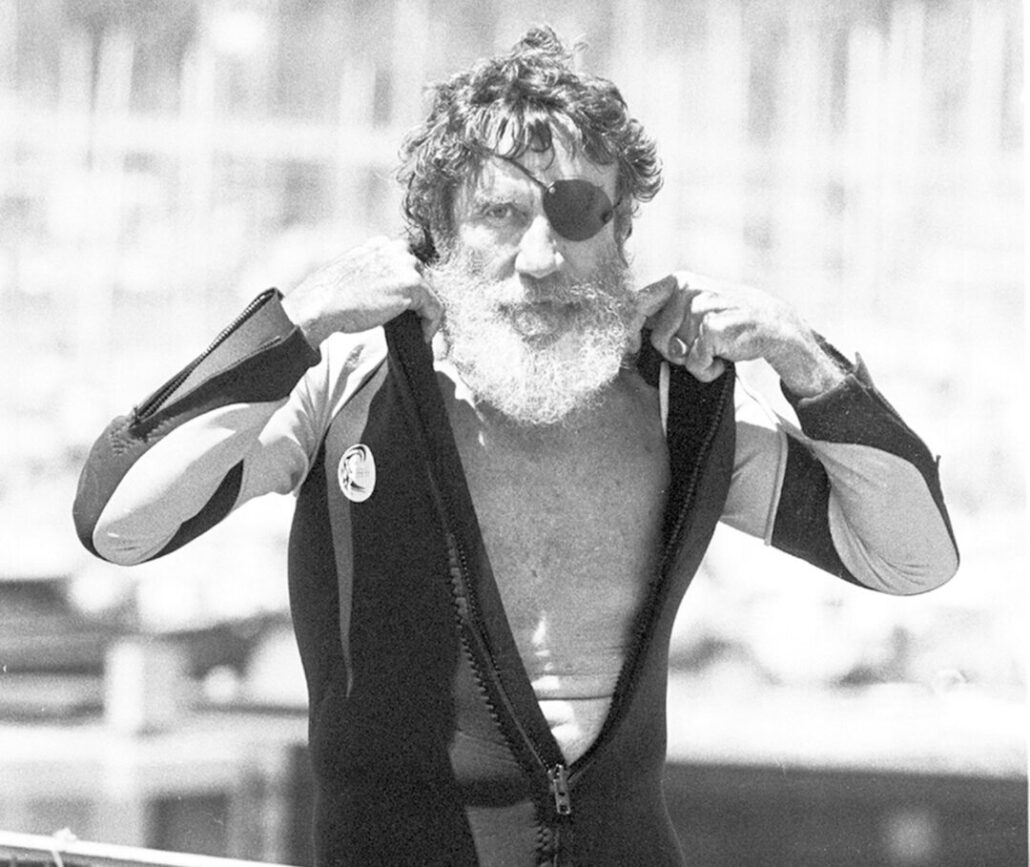
Over the decades, wetsuits have seen an array of advancements. These include the use of lighter and more flexible materials, improved durability, and the creation of specialized designs catered to different types of surfing and specific water temperatures.
Modern wetsuits have also integrated advanced technologies for enhanced performance. Features such as thermal lining for increased warmth, taped and blind-stitched seams for durability and water resistance, and ergonomic designs for flexibility and comfort have made surfing accessible in colder climates.
Moreover, the incorporation of sustainable materials and production methods in wetsuit manufacturing reflects the surfing community’s commitment to environmental stewardship.
Eco-friendly neoprene alternatives, such as those derived from natural rubber or plant-based materials, are increasingly being adopted, contributing to the sport’s sustainability goals.
The Future of Surfing: Artificial Waves and Beyond
The future of surfing sees endless possibilities, from artificial wave technology to continued sustainability efforts.
Wave pools like The Wave in Bristol, UK, give surfers the opportunity to experience perfect waves without travelling to the coast.
While traditional ocean surfers maintain their preference, these advancements reflect the sport’s potential for variant growth.
As surf culture continues to spread influence worldwide, capturing imagination through innovations, competitions, and environmental resolutions, we can look forward to seeing what surprises the future holds for this ever-evolving sport.
Whether you’re a seasoned pro or just discovering your love for surfing, exploring its rich past only adds depth to your appreciation for catching waves.
Next time you paddle out into the doyen of surf spots, remember you’re riding on a wave of history that goes back centuries, a history worth celebrating as we carve new paths for future generations.
Riding the Digital Wave
Just like a weather report helps you plan your day, surf forecasting helps surfers plan their surfing sessions.
This is a way to predict how big the waves will be and when the best time to surf is. In the old days, surfers would watch the sea and use their knowledge about the weather to guess when the waves would be good. They needed to live close to the beach and had to rely on their own senses.
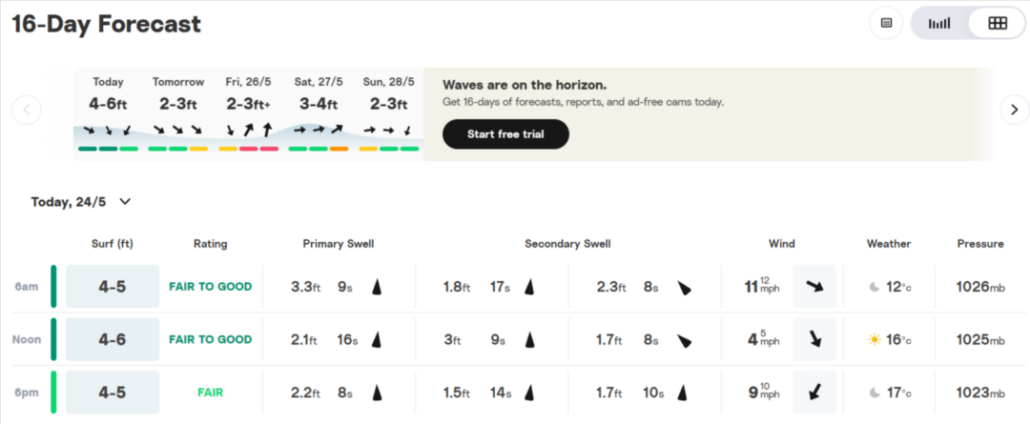
But today, things are a lot easier and more precise thanks to technology. We now have surf forecasting websites that use complex weather data to predict surf conditions. Surfline is the major one here in the United Kingdom.
These forecasts can tell a surfer how big the waves will be, how often they’ll come, and what direction they’ll be coming from. This is really helpful because it means surfers can plan their surfing sessions ahead of time, even if they live far from the beach.
This change in the way we forecast waves has made surfing more accessible to more people, contributing to the growth of the sport.
Adaptive Surfing: Breaking Down Barriers
Another meaningful development in the world of surfing is the rise of adaptive surfing. Thanks to advances in adaptive equipment and organizations such as the International Surfing Association (ISA) promoting inclusivity, people with disabilities can now enjoy the thrill of catching waves.
Surfers like Bethany Hamilton, Mike Coots, and Jesse Billauer are inspirational role models within the adaptive surfing community.
They showcase that with determination and resilience, anyone can ride the waves, regardless of physical challenges.
Women’s Empowerment within Surfing
The role of women in surfing history continues to evolve as more opportunities arise for female surfers in the modern era.
Women’s professional surf competitions have gained momentum over the years, garnering increased attention and prize money.
Organizations such as Women on Waves and Women’s Surf Film Festival provide invaluable support to female surfers, offering fellowship, resources, and mentorship.
These initiatives combine the sport’s heart-pumping adrenaline with an empowering message that uplifts women within surfing communities worldwide.
Surf Schools and Tourism
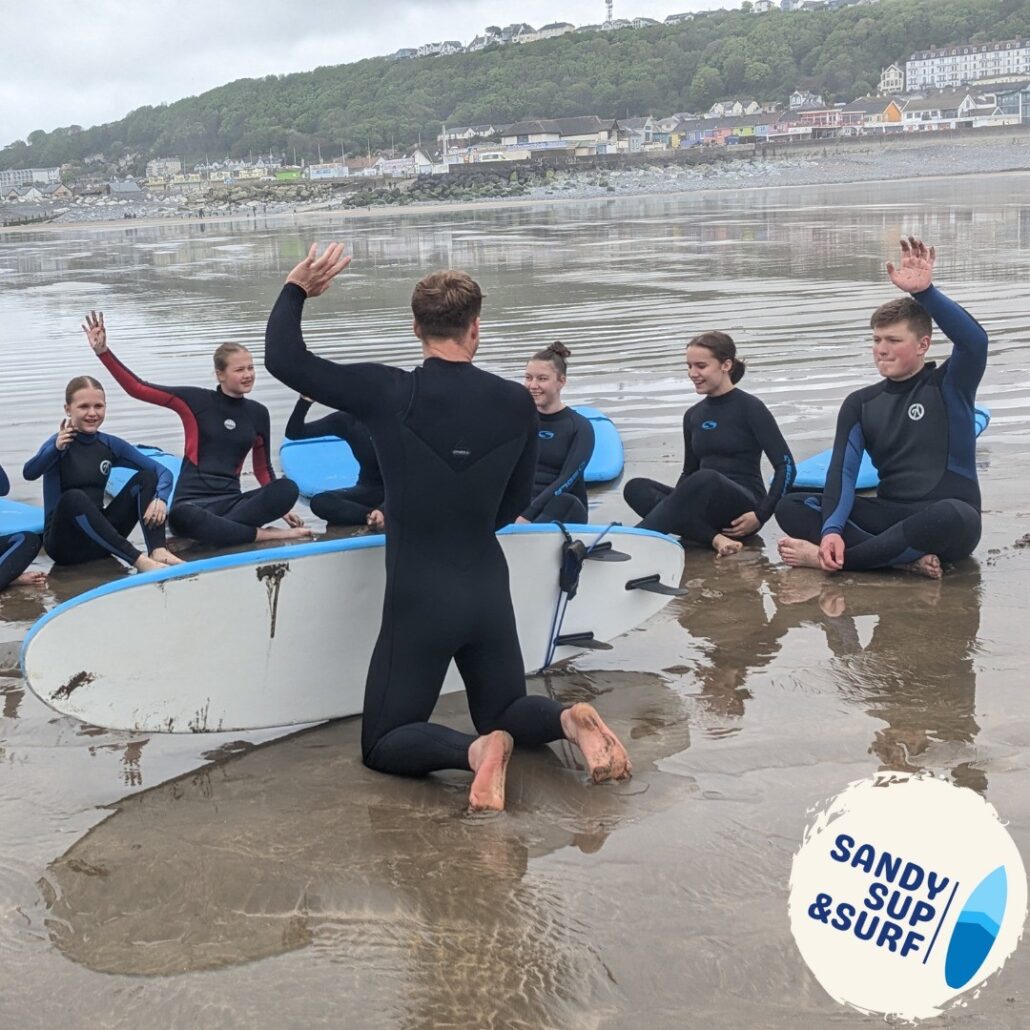
Surf schools and surf tourism are making a big splash in the world of surfing!
These two have helped introduce surfing to people all around the globe. Surf schools teach beginners the basics of the sport, while surf tourism lets enthusiasts experience new waves in different parts of the world.
This has helped make surfing more popular and accessible, welcoming more people into the exciting world of riding the waves.
Here in North Devon, there are many surf schools, many of the popular surfing beaches have several surf schools on site and are active from April to September, with retail surf shops being all year round.
Surfing Museum
We’re spoilt in North Devon as we have the “Museum of British Surfing” over in Braunton.
This small but engaging museum celebrates the rich heritage of British surfing, showcasing its evolution and cultural impact over the years. Visitors can explore a collection of vintage surfboards, photographs, memorabilia, and interactive exhibits that highlight the growth of surfing in the UK.
From the pioneers who introduced the sport to Britain to the vibrant surf culture that exists today, the Museum of British Surfing provides a captivating glimpse into the country’s surfing history.
The Revitalization of Traditional Surfboard Crafting
In recent years, there has been a resurgence of interest in traditional surfboard crafting methods among indigenous cultures.
From Hawaiʻi to Peru, various communities are working together to preserve their heritage and honour their ancestors by relearning these traditional surfboard shaping techniques.
Wooden Alaia boards from Hawai’i are a prime example of these ancient craft restorations. Meticulously carved from abundant local woods like koa or paʻalaa, these boards celebrate the authentic roots of surfing while contributing to a more eco-friendly alternative for modern-day enthusiasts.
This renewed commitment towards honouring traditional craftsmanship not only highlights historical ties but also fosters essential conversations about cultural identity, sustainability, and resiliency within the global surfing community.
Also see North Devon: A Recognized 12th Surfing Haven
In Summary
Surfing transcends mere sport, it’s a lifestyle, a cultural phenomenon, and for many, an extension of their identity.
The journey of surfing from its ancient origins in Polynesia to its global impact and the rise of surf culture in North Devon is a fascinating one.
Surfing has been a part of human history for centuries, with its roots in ancient civilizations like the Moche and the Polynesians.
Legendary surfers like Duke Kahanamoku and Kelly Slater have helped popularize the sport and push its boundaries.
Surfing made its debut in the Olympic Games in Tokyo 2020, marking a significant milestone for the sport. Technological advancements, such as surf forecasting websites, have contributed to its growth and accessibility.
Surfing also has a strong connection to environmental advocacy, with surfers becoming advocates for ocean conservation.
North Devon, particularly beaches like Croyde, Saunton, and Woolacombe, holds a special place in surfing history. The surf culture in North Devon is vibrant, with a thriving community that cherishes the waves and the unique experience they offer.
Want to know more about surfing in North Devon?
See our Top Surfing Spots in North Devon: A Local’s Guide
Whether you’re a seasoned pro or a beginner, exploring the rich past of surfing adds depth to your appreciation for catching waves.
North Devon continues to be a destination where surfers from all over the world come to experience the incredible surf beaches and be part of the vibrant surf culture.
So wax your board, paddle out, and ride the waves of history with a newfound appreciation for the rich tapestry that has brought us to this moment in the world of surfing.
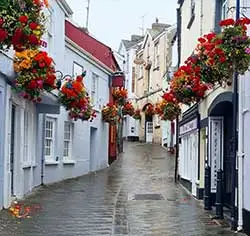
Our newsletter is packed with helpful tips and resources to help you mazimise your time in & around Bideford. Sign up now and join our community of savvy Bideford’ers.
About the Author
Welcome to Bideford.com! I’m Matt, a seasoned explorer and avid fan of Bideford and the broader North Devon area. With over a decade of consistent family visits, virtually every weekend, I’ve immersed myself in the rich history and vibrant culture Bideford & North Devon.
On this site, you’ll find a wealth of knowledge amassed from my adventures here. From in-depth local guides to engaging blog posts about Bideford. Whether you’re looking for recommendations on things to do or guidance on where to stay we have you covered. Join me as we delve into the heart of Bideford, North Devon – a town that’s more than just a destination, but an experience waiting to be discovered.
Do you want to see your favourite Bideford attraction, place to stay, event or activity listed here? Contact Us!





